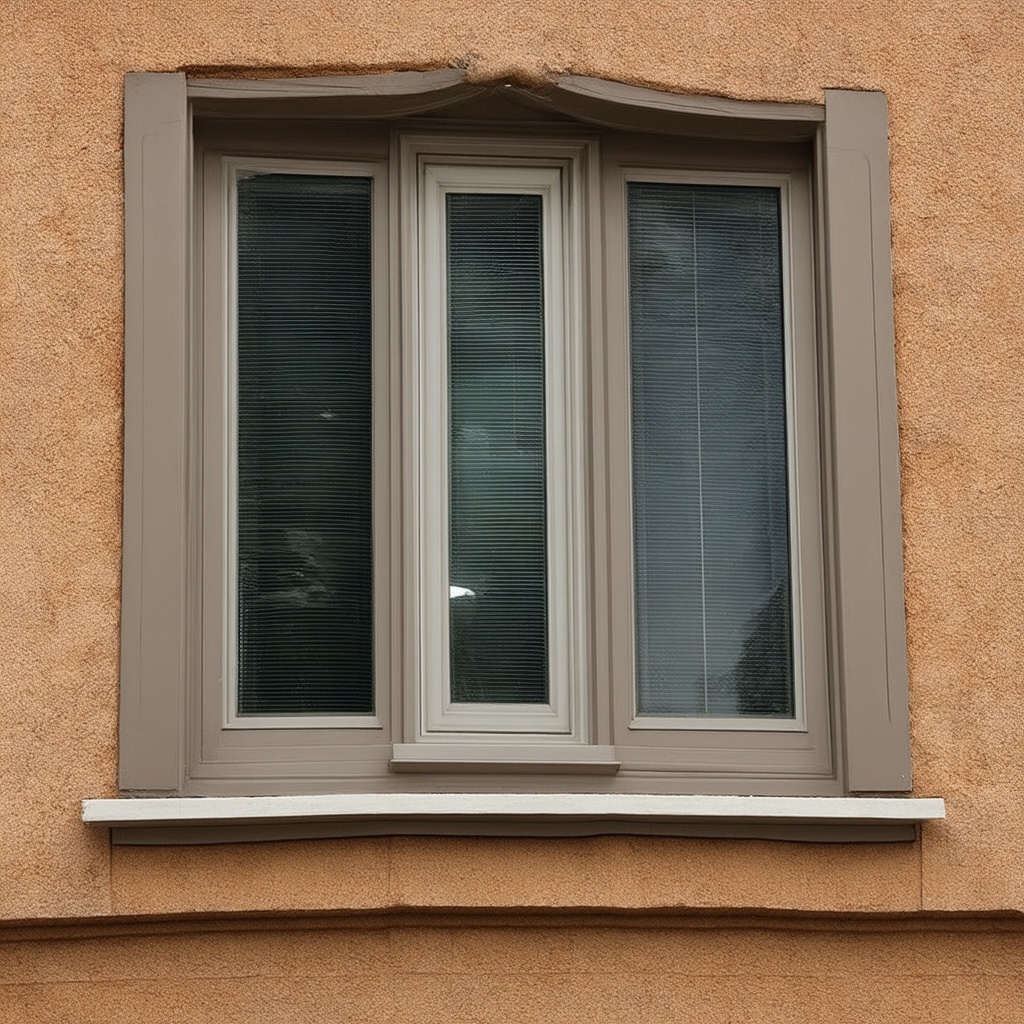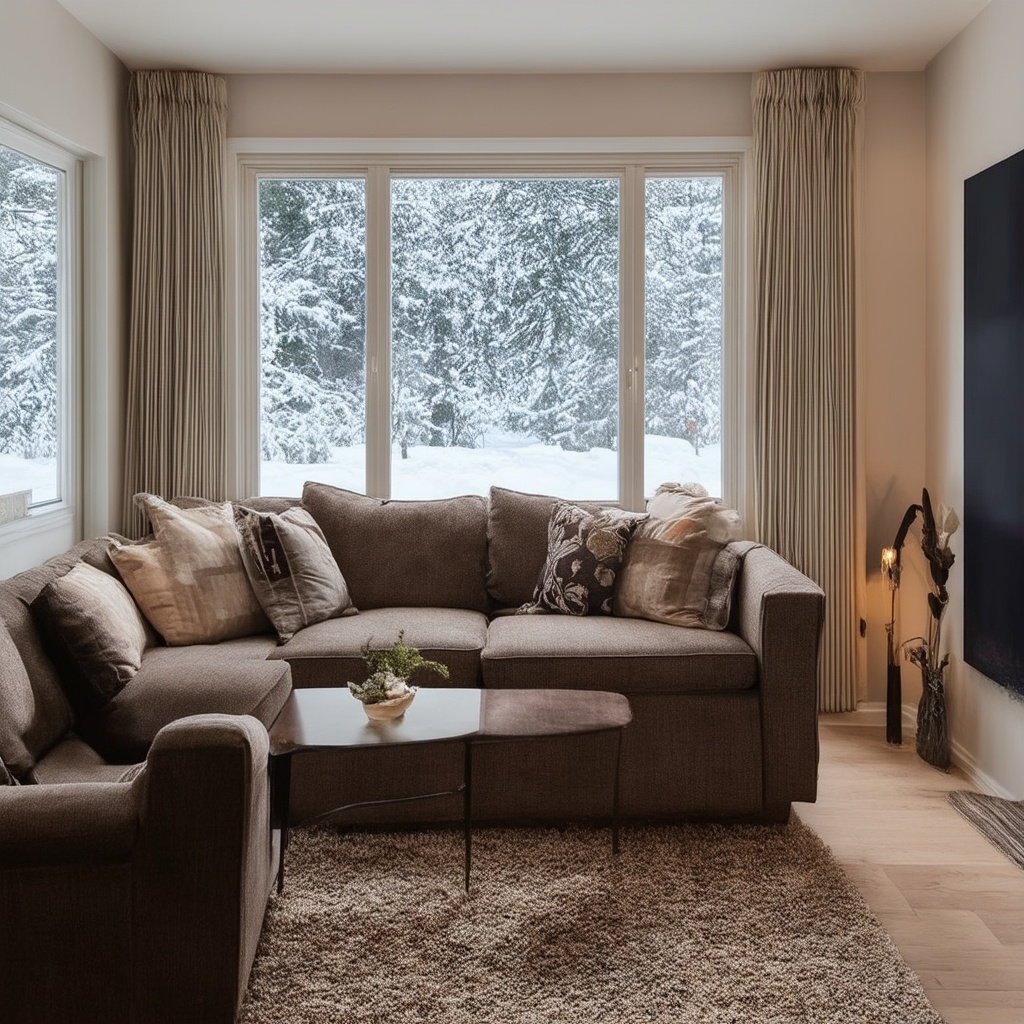Quantifying Energy Savings with Advanced Residential Window Upgrades
Upgrading your home’s windows is not just a cosmetic decision—it’s a strategic move that can significantly impact your energy bills and comfort levels. By replacing outdated windows with advanced residential window upgrades, homeowners can enjoy a multitude of benefits, including enhanced energy efficiency, improved indoor climate, and increased property value. This article explores how you can quantify energy savings through modern window technologies and why investing in window replacements is a wise decision.
Understanding the Impact of Window Technology on Energy Efficiency

The windows in your home play a crucial role in energy management. They are responsible for up to 30% of residential heating and cooling energy use. Traditional single-pane windows or older double-pane windows can lead to significant energy loss. By contrast, energy-efficient windows are engineered to minimize heat transfer, thus reducing the energy required to maintain your home’s temperature.
Modern windows utilize advanced materials and technologies such as Low-E glass coatings, gas fills, and thermally improved frames. These innovations not only improve insulation but also enhance the overall performance of your home’s thermal barrier.

Technical Specifications and Benefits of Modern Windows
When choosing new windows, it’s essential to understand the technical specifications that contribute to their energy efficiency:

- Low-E Glass Coatings: These coatings reflect infrared light, keeping heat inside in winter and outside in summer, thereby stabilizing indoor temperatures.
- Gas Fills: Argon or krypton gas fills are used between panes to reduce heat transfer, outperforming regular air-filled panes.
- Warm Edge Spacers: These spacers reduce the conductivity of heat around the edges of the glass, further enhancing insulation.
- Multi-pane Designs: Double or triple-pane windows increase the R-value, a measure of thermal resistance, significantly more than single-pane windows.
These features not only contribute to energy savings but also can enhance the comfort of your living space by reducing drafts and noise pollution while offering UV protection to preserve interior furnishings.
Quantifying Energy Savings: Real-World Examples

Energy-efficient window upgrades can reduce energy bills by an average of 12-33% annually. For example, a house in a temperate climate zone with standard single-pane windows might spend around $1,500 per year on heating and cooling. By upgrading to double-pane, Low-E coated windows, the annual cost could drop to approximately $1,000, representing a significant savings.
In a case study conducted by the National Renewable Energy Laboratory, homes that replaced their windows saw an average payback period of 10 years solely through energy savings. These financial incentives are enhanced by potential tax credits and rebates available for energy-efficient home improvements.
Selecting the Right Window for Your Home
Choosing the right windows involves considering both functionality and design. It’s crucial to match the window type to your specific climate and architectural style. Here are a few considerations:
- Climate: Homes in colder climates benefit more from triple-pane windows, while double-pane with Low-E coatings might be sufficient for moderate climates.
- Material: Vinyl, wood, and fiberglass are popular frame materials, each offering different levels of insulation and aesthetic appeal.
- Style: Consider operability and style to match your home’s design, such as casement for modern homes or double-hung for traditional styles.
Conclusion: Taking Action for a Sustainable Future
Investing in advanced window upgrades is more than an aesthetic choice; it’s a commitment to sustainability and financial prudence. By selecting windows that enhance energy efficiency, you can reduce your environmental footprint and save significantly on energy costs. Start by consulting with a professional window contractor to evaluate your home’s needs and explore the best options available.
Taking this step not only enhances your home’s comfort and value but also contributes to a greener planet. Don’t wait—act now to secure a more energy-efficient future for your home.
Frequently Asked Questions
Upgrading to energy-efficient windows can save you between 12-33% on annual energy bills, depending on your climate and existing window conditions.
Low-E, or low-emissivity coatings, are microscopically thin metallic layers applied to window glass to reduce heat transfer and improve energy efficiency.
Yes, many regions offer tax credits, rebates, and incentives for upgrading to energy-efficient windows. Check local policies and utility providers for specific programs.
Consider the R-value for insulation and U-factor for heat transfer when selecting windows. Consult with a specialist to choose the best options for your climate zone.
Vinyl, wood, and fiberglass frames offer good insulation, with fiberglass often providing the best thermal performance and durability.
